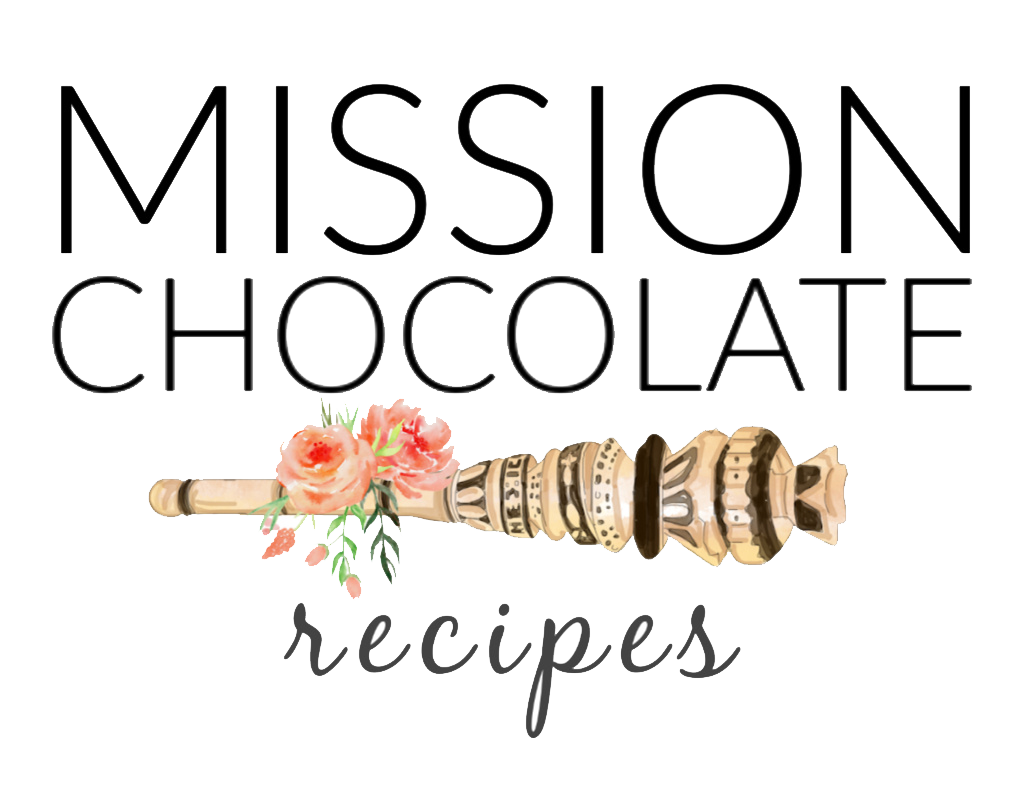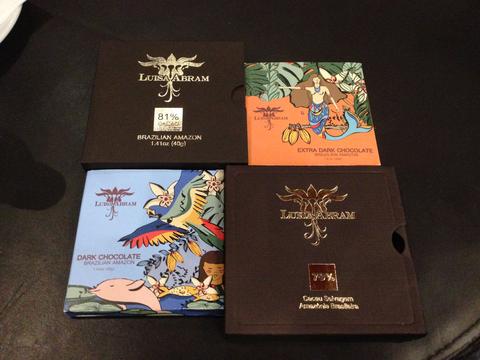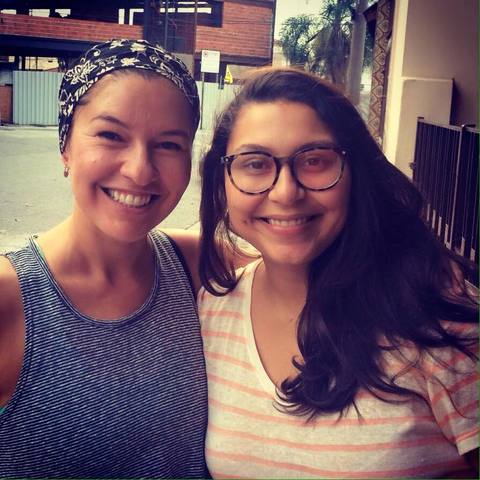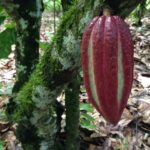Chocolate in Sao Paulo, Brazil – The chocolate destination of Latin America
Chocolate in Brazil
I host monthly chocolate classes and tastings and am organizing chocolate tours in Sao Paulo; if you are interested please email me directly.
When I moved to Sao Paulo I had the great idea of working as a chocolatier. I thought I would be the only chocolatier in town and I would introduce Brazil to fine chocolate and truffles. Then I actually landed in Brazil and every neighborhood had a chocolate store. The only other place in the world where I have seen this much chocolate is Brussels. Brazil has an incredibly deep and intense relationship with cacao and chocolate.
Brazil is big. Brazilian cacao can come from the upper Amazon, lower Amazon, Bahia, or Espirito Santo; near the border of Bolivia, Peru, Ecuador, Colombia or Venezuela. The northwest part of Brazil (Amazonas) is about 2,000 miles from the most southeast part (Bahia). Do you know what other country has the ability to grow cacao 2,000 miles apart? Doesn’t exist. Brazil is the only country on this planet. So in essence we are talking about many little countries within Brazil when it comes to discussing cacao and chocolate.
Unfortunately, when you mention fine flavored cacao, usually Ecuador, Venezuela and Peru are the stars. If Brazil shares borders with all the traditional fine flavored producing countries then it is factual that fine flavored cacao exists in Brazil as well.
The Amazon still has undiscovered territories, it’s difficult to get to, hard to navigate, rains a lot, the cacao grows wildly and not on plantations. The Amazon has rivers that appear and disappear with the rainy season. These are some of the reasons why this great cacao is still undiscovered or rare.
Brazil gets a bad rap. The last book I read on cacao was published in 1914 and they make the same observations, stating that Ecuador is the country to get fine flavor cacao and Brazil is of lesser quality.
Most cacao produced in Brazil is forastero variety- mostly known for being a great producer; it’s the same variety that was taken to Africa. It’s the strongest, most resistant type of cacao but valued the least for it’s flavor. I don’t think this variety is bad but it is common; even the Brazilian farmers refer to it as common cacao. Yes, I have made bad chocolate with cacao from Brazil, but I have also made bad chocolate from every other country I have visited. Brazil also has the Amazon and it has more wild area than any other cacao producing country in the world. The cacao is there, it’s just difficult to get.
Brazil has been the number one producer of cacao. Then it was head to head in global production with Ghana but in the 1990’s Brazilian cacao was devastated by fungus and disease. Wild cocoa trees in the Amazon can control these fungi and diseases because it’s a natural beautiful bio-diverse system that corrects itself, but when it reached the plantations in Bahia, it destroyed them. Cacao production declined almost 80%. Many farms were abandoned, few survived, and many farms were given new varieties of trees by a government organization. These trees were supposed to be more resistant to the fungi and diseases. Unfortunately, again, these varieties were chosen for production and not flavor. And then Brazil began to import cacao from Africa to meet national demand. And as I write this, Bahia is devastated by a drought.
But Brazil is going forward like a wild beast. It started with Chocolate du Jour 30 years ago and Diego Badaró of AMMA Chocolate in 2007, and in the last 4 years with Mendoá Chocolate and Nugali Chocolates. And in the past year, two vibrant and sure to change the face of bean to bar chocolate in Brazil, Luisa Abram Chocolate and Raros Fazedores de Chocolate.
Every chocolate maker in the USA wants Brazilian cacao and I see a few here and there beginning to use it. Meanwhile here in Brazil there are craft chocolate makers springing up and people demanding a higher quality chocolate. Brazilians LOVE to eat sugar. Chocolate sold in Brazil is mostly sugar. And they love it and that’s ok. But for someone coming from another country, this may shock him or her. Be prepared to taste a lot of sweetness in anything sweet.
There are thousands of chocolate shops, candy stores, ice cream shops, cake shops, and brigadeiro shops. Cacau Show, the largest chain of chocolates in the world, has nearly 2,000 stores. All in Brazil.
The new movement of Chocolate Makers -bean to bar, craft, artisanal:
Chocolate Du Jour– Very popular and recognized as the boutique chocolatier in Sao Paulo. If you need to gift someone chocolate this is the place; they make all of their ganaches, caramels, roast their nuts, coat their nuts, etc. It’s family owned/operated, they visit the farms, and invest in social projects. Everything is hand made, hand packed and the gift packages are amazing. They have a line of bean to bar using cacao from Vale do Juliana, probably the most famous cacao area in Bahia. They have several locations in various malls in Sao Paulo. Try their their Pratigi 80%. I hear they will be allowing classes and tours in their factory soon.
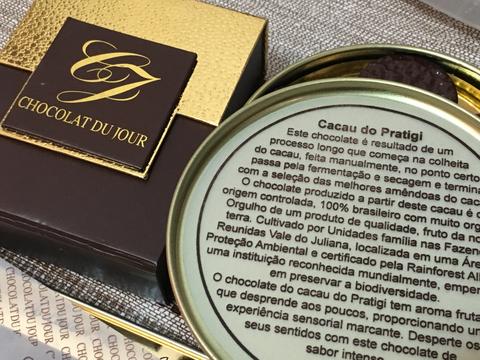
Where to buy: Casa do Sabor, the official AMMA store, Alameda Min. Rocha Azevedo, 1052, Sao Paulo. You can also find AMMA at most grocery stores and online.
- Obsessed with preserving the Mata Atlantica, Brazils coastal forest. Diego is a 5th generation cocoa producer in Bahia. He splits his time between the store in Sao Paulo and his farm in Bahia. AMMA: AM –amazona MA– mata atlantica. My favorite chocolate store in the world- it’s like walking into the jungle.
Try the 75%, 85%, and the Cupuaçu bar. In his café try the coconut drinking chocolate and mel de cacau.
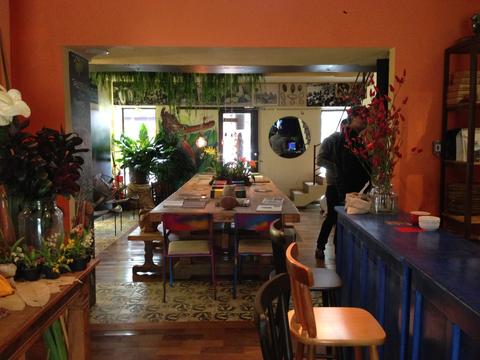
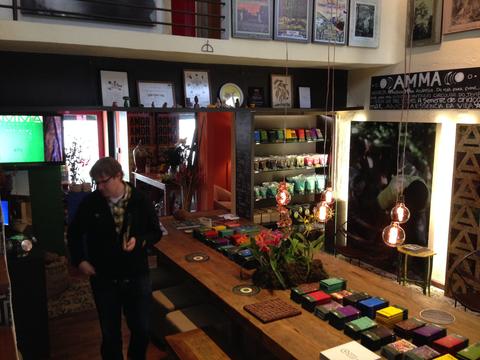
Where to buy: Santa Luzia, Eataly SP, CocoaRunners, or her website.
Luisa is young and will put Brazil on the map with her wild Amazonian cacao. She just moved into her factory space and is scheduled to begin selling in the USA. She travels to the Amazon, gets stuck in mud jungles, and works directly with the processing plant.
Try her 81% bar.
Where to buy: Mercado Municipal, his website.
Cesar comes from a background of agronomy and his fiancé from biology; they understand yeast, micro-climates, varieties, and want to make chocolate from the smaller forgotten cacao growing regions like Espirito Santo and Cametá. They also want to incorporate Amazonian spices and fruits.
Try his Espirito Santo bar.
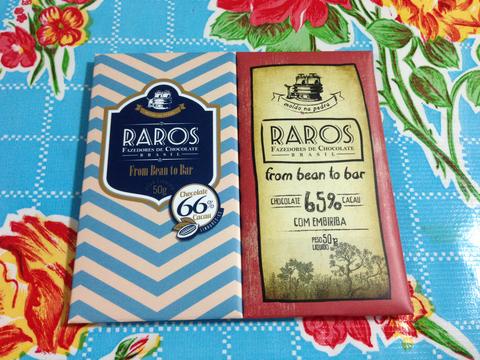
Mission Chocolate (me)
I don’t want to feel left out. I make chocolate with beans from Bahia and will shortly begin to use beans from Pará. I am still working out my recipes; I want to experiment with Brazilian fruits and spices. My chocolate bars are sold directly from me or Ronnie Sue’s Chocolate in NYC.
Where to buy: Santa Luzia
They have their factory in Bahia but sell their chocolates here in Sao Paulo. Their chocolate factory, processing facilities for the raw cacao, and cacao farm are all in the same place! Try the bars without any inclusions.
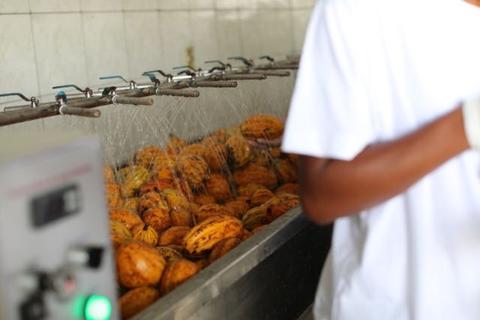
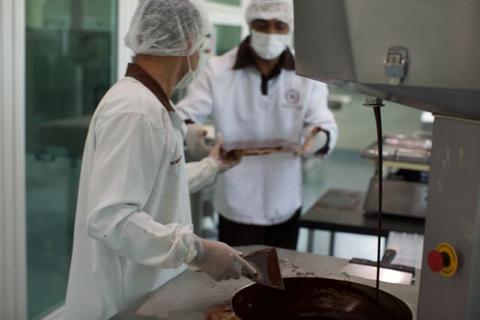
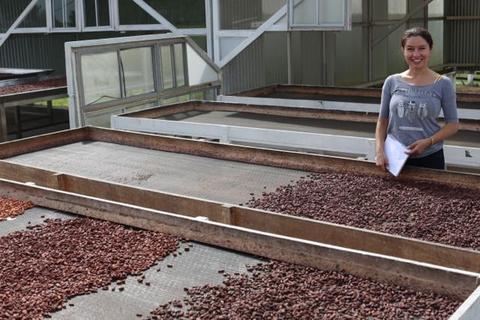
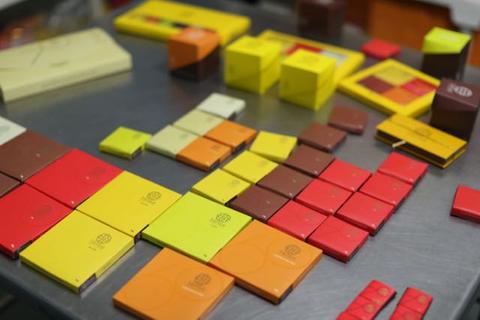
Some newcomers:
If you are shopping for truffles, desserts, bon bons or more traditional European stores, visit these guys:
Chocolatiers (make confections from bought chocolates)
My Brazilian friend, Zélia, has a more thorough list on her website and you can get the perspective of a native Brazilian writing about Brazilian chocolate- Chocolatras Online.
Opera Ganache– Rafael Barros has received national and local awards for his confections, cakes, chocolates and candies. He offers classes above his store and is sponsored by Callebaut. Try the hazelnut bomb.
Renata Arassiro Chocolates –She is a Callebaut ambassador in Brazil and only has one store location. Her confections are attractive and sophisticated. Try any of her bon bons.
Chocolate Stores (In the style of See’s or Godiva)
Cacau Show – the largest chain of chocolate stores in Brazil and the world. You will see these everywhere in Brazil, first location opened in 2000. They are nearing 2000 locations in Brazil. Best one to visit is on Avenida Faria Lima 2156. It’s 2 stories, cool things to look at like molds and chocolate sculptures. Also has a line of single origin dark chocolate bars.
What to eat here: pão de mel
Kopenhagen – the first and oldest chocolate chain in Brazil started in 1928 by Lithuanian immigrants. They describe themselves as “luxury chocolate” and have 260 stores. Their flagship store is on Oscar Freire but I would visit the one in Cidade Jardim because of the better view.
Try the Lajotinha, wafers filled with cashew paste and cinnamon, covered in chocolate.
Cacau Brasil – started by Kopenhagen to compete with Cacau Show. They have 270 stores and you are sure to find one near or next to a Cacau Show.
Try their bon bons- the nut and fruits fillings are fun.
Lindt – In 2015 Lindt opened its first store in Sao Paulo, this year they are on schedule to open 50. You can find them at most malls.
Chocolate supplies
If you are at all curious about the amount of chocolat that is available for home cooks and chefs, check out Chocolândia. There are many throughout the city and are a combination of a grocery store and chocolate/baking supplies. Here you will find any type of couverture chocolate including Callebaut (Belgian) and Herald (Brazilian).
